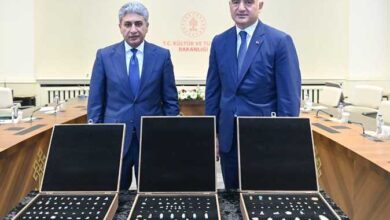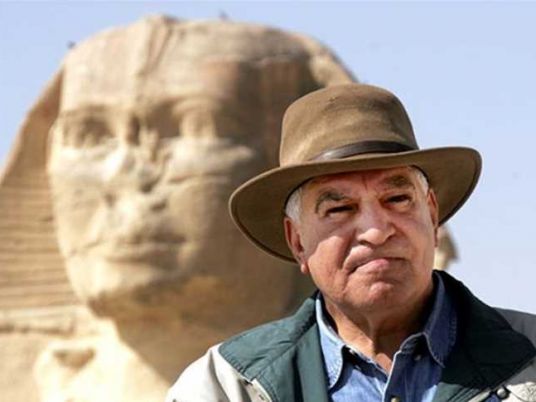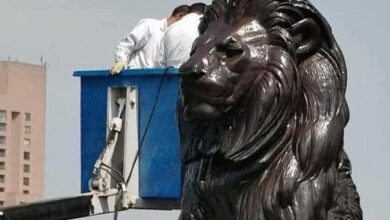
Digging for antiquities is a common phenomenon in Upper Egypt and it has its own rituals. It is a dream to get rich fast, but many die in the process.
In Qena, it happened five times last year alone that the soil collapsed over the diggers and buried them alive in the holes they had dug.
Residents of Upper Egypt attribute the phenomenon to poverty and unemployment, which drive the youth to try this type of venture to make money.
Researcher Ayman al-Wakil says the people of Upper Egypt believe in ancient Egyptian tales passed on from generation to generation about treasures buried underground. He also says they believe in jinns that guard those treasures, which can be contacted through witchery to tell where the treasures are buried.
Wakil says there are impostors who convince people they can decipher ancient Egyptian codes. They say they know where the treasures are hidden, in exchange for money.
Mahmoud al-Sayed from Upper Egypt says the phenomenon has spread since the January 25 revolution, when there was a state of lawlessness and people could infringe on state property.
“Usually, they do not find anything and they end up fighting and perhaps even killing each other,” he says.
Fathy, a sheikh to whom people go to contact jinns, says those tales are true. “I do not take money unless they find the treasure,” he says. “I only take the expenses for the incense and other material needed to recall the jinns.”
Lawyer Amr Hassan says digging for antiquities is forbidden by law. “Some people sell their homes to pay the sheikhs,” he says. “They often return empty handed.”
The looting of archaeological sites has spread significantly throughout the oases of Egypt's Western Desert. In the Om Al-Dabadeb area of the
Kharga Oasis there is an ancient Roman village located on 60,000 acres of land. In it there are remnants of a massive fortress of mud-brick, tombs carved into the mountain and an irrigation system considered the oldest in Egypt.
Salima Ikram, a Pakistani professor of Egyptology, says the walls of the ancient Coptic church that was built to the eastern side of the fortress were destroyed and buried under the sand in 1998 when thieves dug for treasures, using a crane and a forklift.
She says the main temple of the village was also destroyed in the same way in 2004.
There is a project underway to save the Kharga Oasis archaeological sites. It is being run under the auspices of the American University in Cairo and in collaboration with Cambridge University and includes an international team of archaeologists from Egypt, Japan, the United kingdom and the United States.
Kamal Fouad of the Karama Party says the previous governments could not protect the archaeological sites from theft. “There is a Mafia dealing in stolen artifacts,” he says.
Sources at the Egyptian Antiquities Ministry say there is not enough staff to guard all the sites and that the police do not have enough four-wheel-drive vehicles to tour the sites that are located deep in the desert.
Edited translation from Al-Masry Al-Youm




